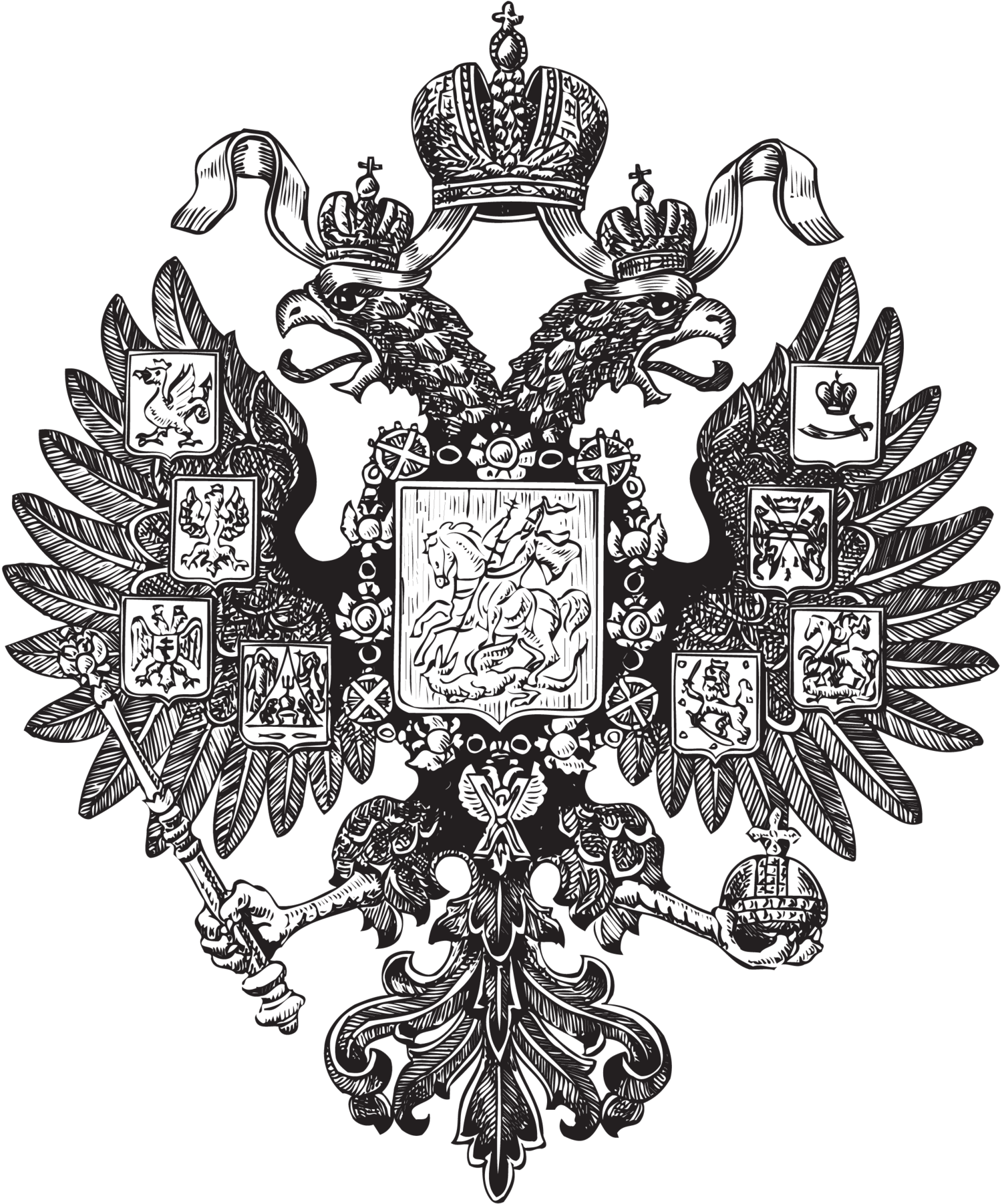An excerpt from "Secrets of the Gotha"
by Ghislain de Diesbach
In 1964, the French writer Ghislain de Diesbach wrote a book called Les Secrets du Gotha (published in English in 1967 as Secrets of the Gotha) which attempted to de-construct and explain the arcana of the Almanach de Gotha. The Almanach de Gotha was the authoritative Bible of reference books on royal houses. It was published from 1763 until 1944. In 1945, the Red Army occupied the German town of Gotha and destroyed the archives of the Almanach de Gotha. In 1951, it was replaced as the authoritative royal reference book by the Genealogisches Handbuch des Adels. (In the 1990s, a private group called Almanach de Gotha Limited bought the rights to the name "Almanach de Gotha" from the former German publishers of the real Almanach de Gotha and issued a volume using that name in 1998. The 1998 version contains many errors and does not replicate the quality and accuracy of the real Almanach de Gotha. The former German publisher considers the 1998 and subsequent editions as a new series and not a continuation of the old series.)
In his book, Diesbach explained that the real Almanach de Gotha would only list dispossessed royal houses which had lost their thrones after the Congress of Vienna of 1815. The last two reigning branches of the Royal House of Bagration had lost their thrones in 1801 and 1810, respectively. The Bagrations therefore declined to submit a genealogical entry to the Almanach de Gotha that would not be placed in Part I among the entries for royal families.
pp. 29-30
"... This genealogical section was also divided into three parts:
I. The first part was taken up by the genealogy of the ruling houses of Europe and those which had been dispossessed after the Congress of Vienna.
II. The second part listed the mediatised princes and counts of Germany.
III. A third and last part which included the other princely houses of Germany and Austria-Hungary, the ducal houses of France, Belgium, and the United Kingdom, as well as certain princely houses of Spain, Italy and France.
The Almanach de Gotha therefore did not aspire to group all the ducal and princely families of Europe. In addition to many families tricked out with imaginary titles, and thus excluded, there were some authentic families, the Princes Bagration, who did not appear for the simple reason that they had refused or omitted to send in an entry."
pp. 331
"...The house of Bagration, which had reigned since the sixth century, was dispossessed by the Romanovs at the beginning of the nineteenth and its territory annexed to the Russian empire. The Bagrations, who were justifiably proud of this ancient lineage, preferred not to appear in the Almanach de Gotha rather than see themselves assigned a place which did not take into account their ancient sovereign status. The royal house of Georgia, which has never abdicated its right over a country which regained an ephemeral existence when Tsarist Russia collapsed, has as its leader today Prince Irakly of Bagration, the brother-in-law of the present pretender to the throne of Russia."


